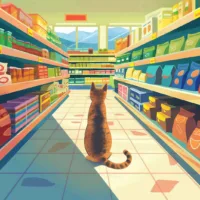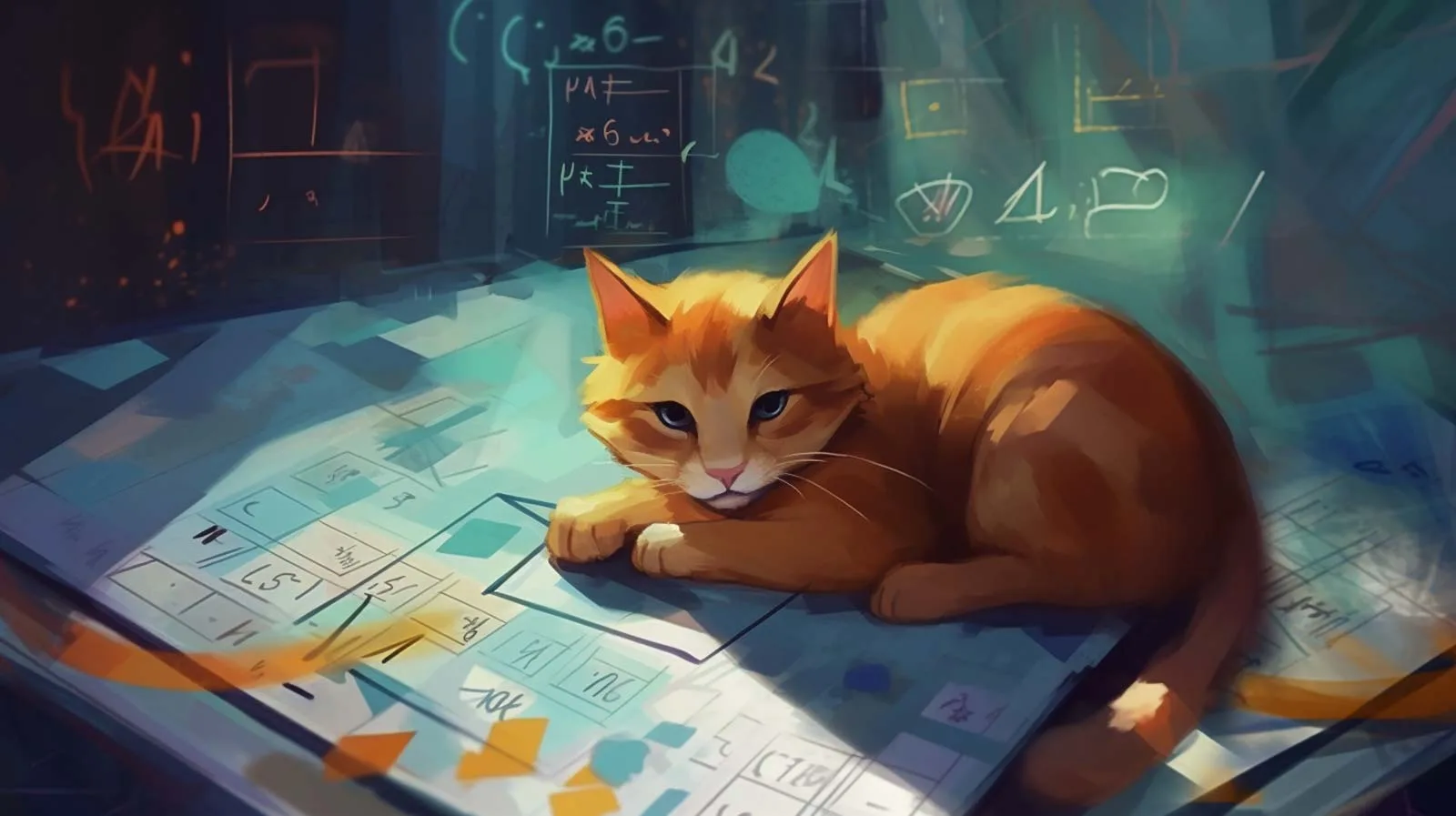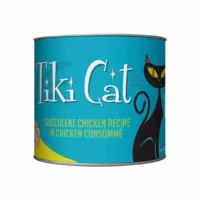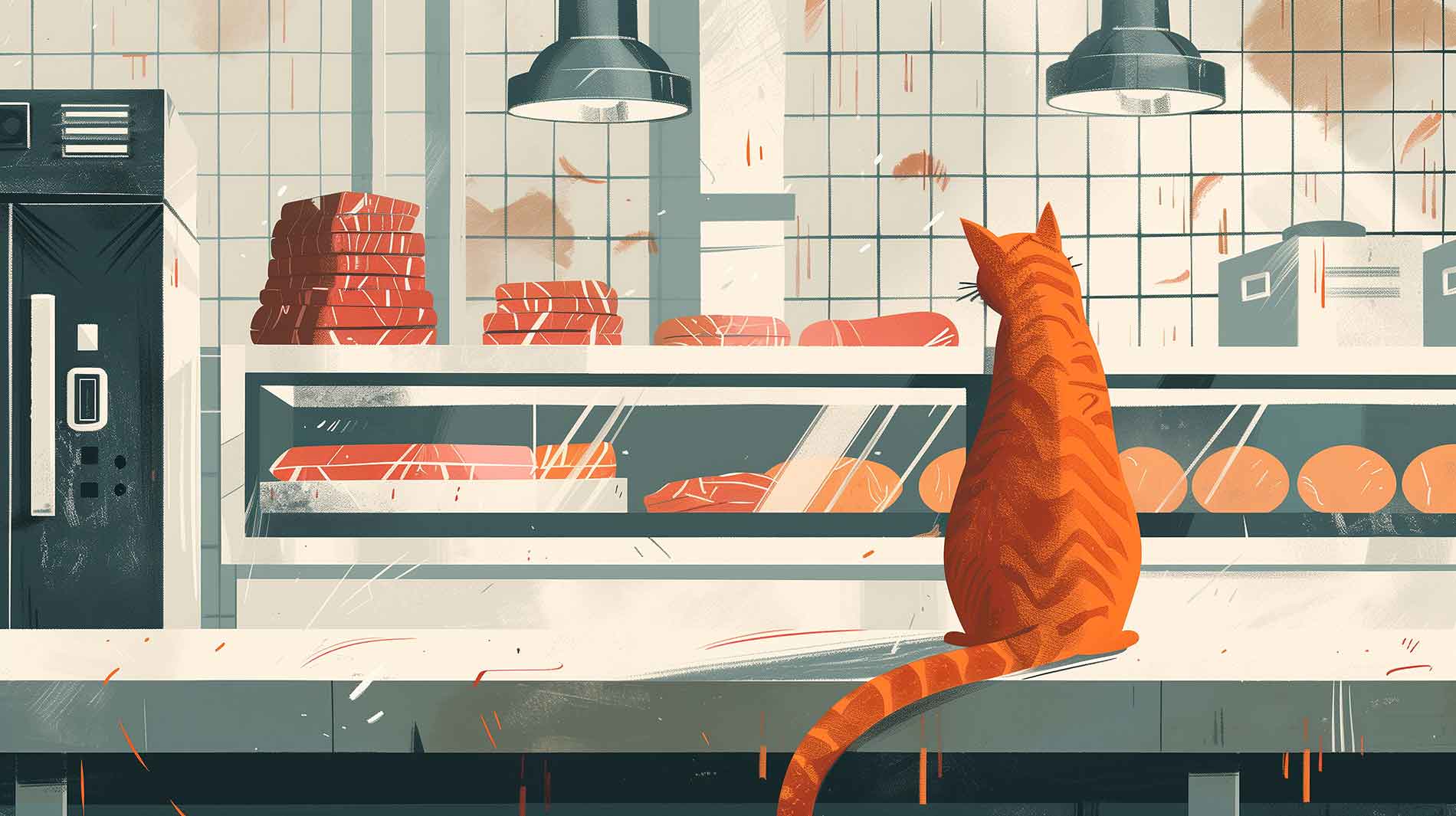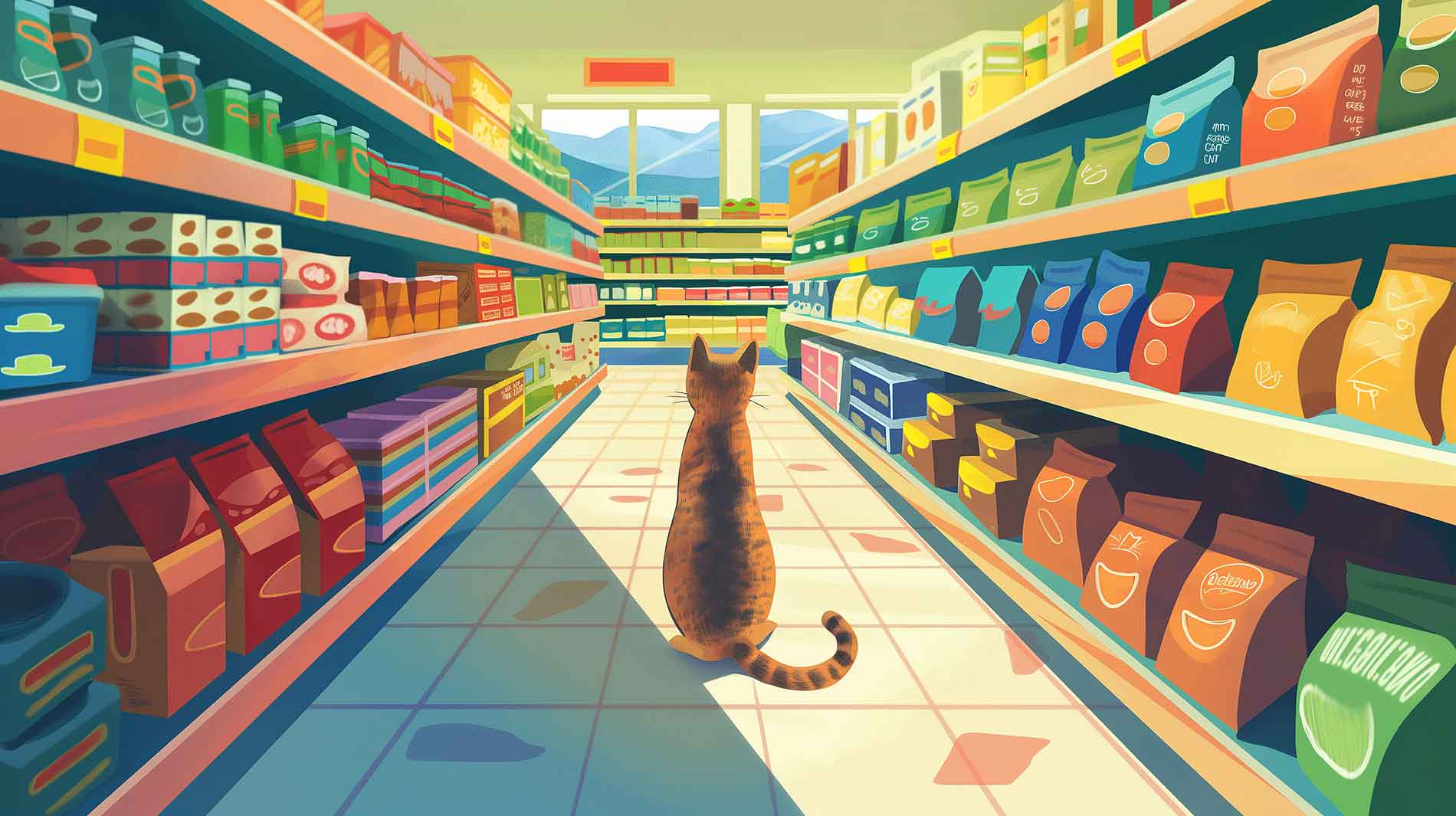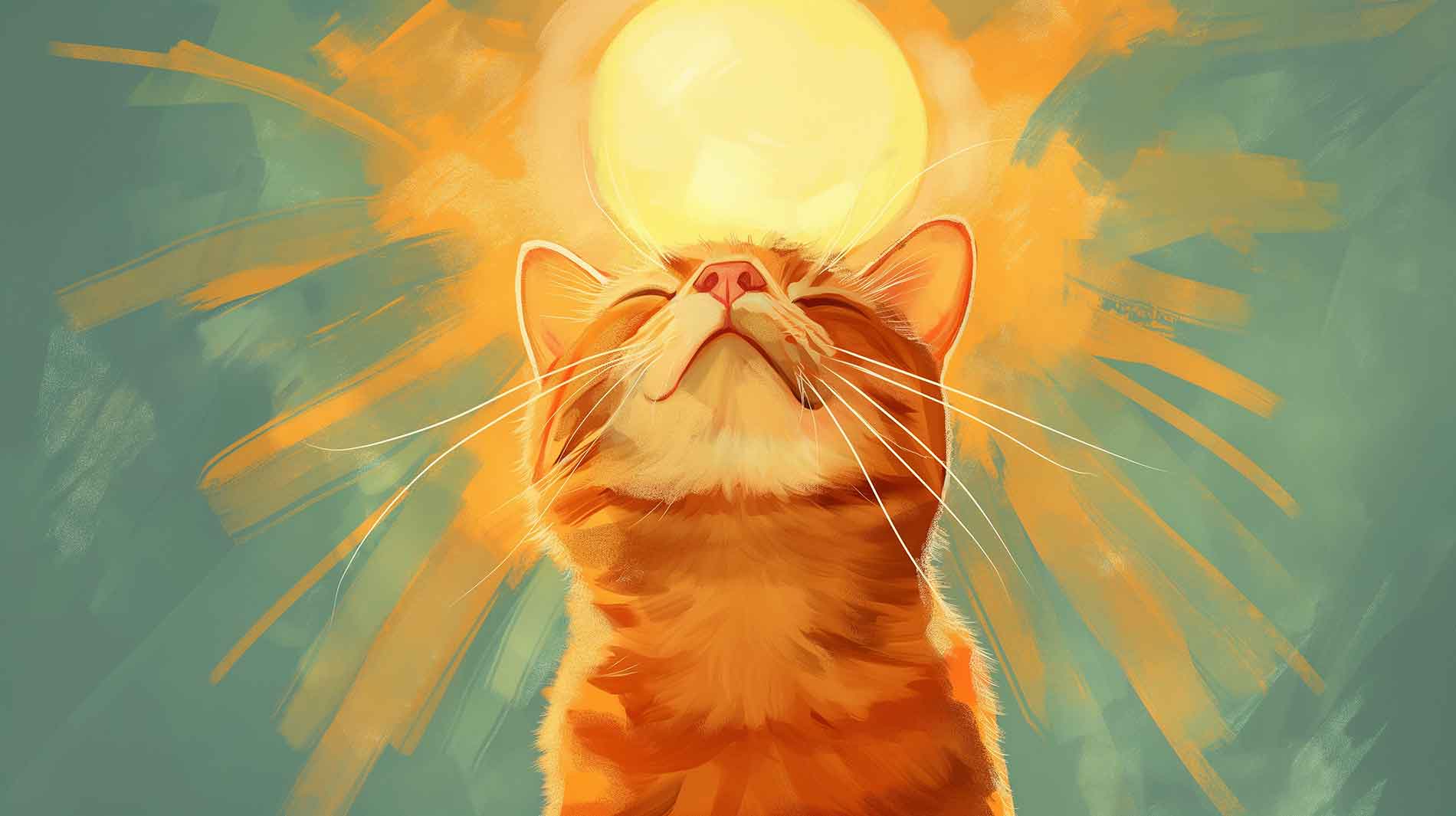It is essential to understand the importance of a healthy diet for your feline friend. The quality of cat food can vary significantly, and not all ingredients are listed on the label. This article offers a beginner’s overview of understanding cat food labels and how to make informed choices for your pet’s well-being.
Declarations on cat food labels
When assessing the quality of cat food, pay attention to the type of declaration used by the manufacturer: open, semi-open, or closed.
Open declaration
An open declaration, which lists all ingredients and their percentages, is the most transparent and trustworthy. With an open declaration, you can easily determine the specific animal parts that have been utilized in your cat food, as not all parts of an animal hold equal nutritional value.
Example: 67 % chicken (consisting of muscle meat min. 21 %, hearts min. 10 %, meaty necks, stomachs, livers), 28 % chicken broth, 4 % carrots, 0.8 % minerals, 0.2 % salmon oil.
Semi-open declaration
A semi-open declaration, which doesn’t specify the amount of each component, may sound better than it actually is.
Example: Chicken (56%, chicken meat, chicken stomachs, chicken liver), meat broth, rabbit (14%), pumpkin (4%), minerals, linseed oil, seaweed meal.
Closed declaration
Lastly, a closed declaration makes it impossible to know the actual content of the cat food and is often chosen by manufacturers who want to disguise their ingredients. The examples are from cat foods available in Germany.
Example: Meat and animal by-products (38%, including 4% lamb), vegetable by-products (0.5% beet pulp), minerals, oils, and fats (0.1% fish oil, 0.05% sunflower oil).
Consider the price per kilo
High-quality cat food typically costs more due to its meat content. To make an informed decision, compare prices on a per kilo basis, considering both the package size and quantity discounts. Premium cat foods may be more cost-effective in the long run, as your cat will require smaller portions to obtain the necessary nutrients.
Check the recommended amount of feed
The amount of feed declared by the manufacturer should also be taken into consideration. A lower recommended amount usually signifies higher quality, as the cat is better able to utilize the nutrients and requires less food. On the other hand, if a manufacturer recommends a larger portion, it may indicate that the components are low-quality, and your cat will need more to meet its nutritional needs.
Investigate the method of production
The way cat food is produced can impact its quality and nutritional value. Common industrial processes involve grinding all ingredients together, cooking them, and portioning them into different packaging sizes. This method can lead to a loss of natural nutrients. Alternatively, small-batch or hand-prepared cat food, where ingredients are cooked separately, often offers higher quality and better nutritional value.
In conclusion, choosing high-quality cat food is crucial for your cat’s health and well-being. Always consider the type of declaration, price per kilo, recommended feed amount, and method of production when selecting the best food for your feline companion. By investing in your cat’s diet, you take an essential step towards ensuring its long-term health and happiness. Armed with this beginner’s overview, you can now make more informed choices when navigating the world of cat food labels.
This article was produced in friendly cooperation with Dynasty of Pets.

